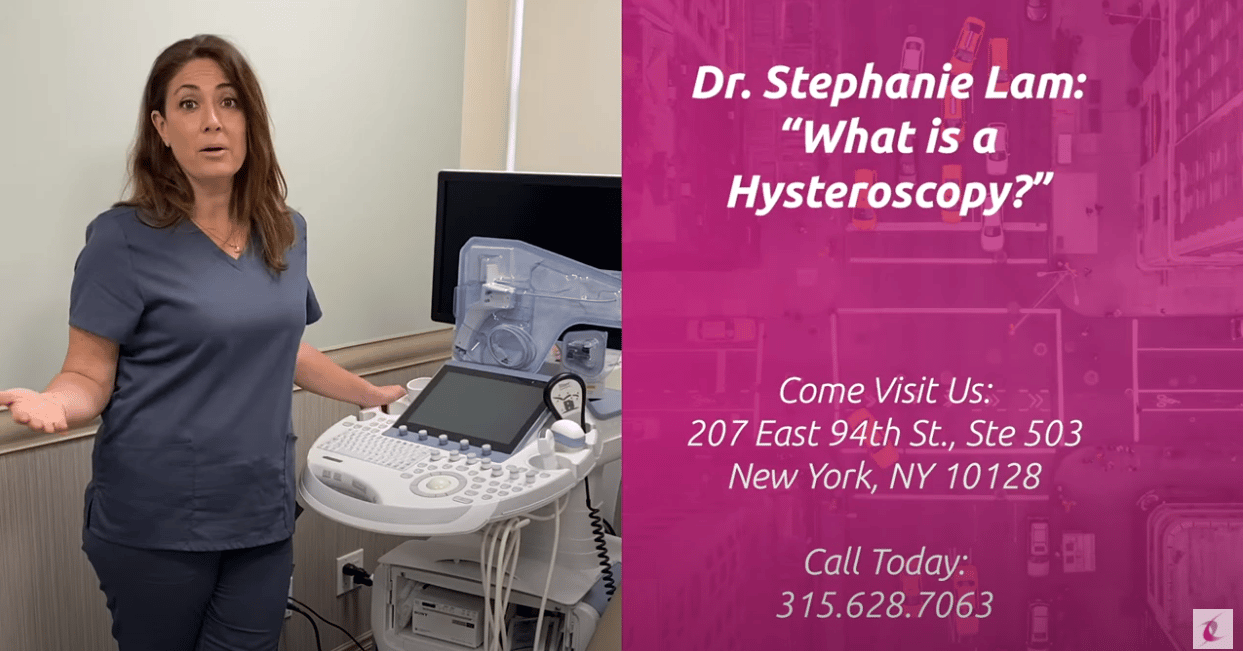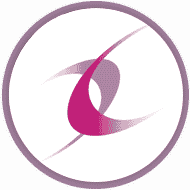Most patients want to avoid surgery as much as possible, and a hysteroscopy is a procedure that allows them to do so when faced with a variety of gynecologic issues. Dr. Stephanie Lam explains a hysteroscopy, including how the procedure works, when it is used, and what patients can expect.
What is a Hysteroscopy?
Dr. Stephanie Lam describes a hysteroscopy as “a procedure by which we take a little camera and we can take a look inside the uterus to look for any type of abnormalities.” The procedure is used to diagnose and treat causes for abnormal bleeding, such as polyps. Dr. Lam says “we can look inside, literally live time, and make sure that there’s nothing suspicious or worrisome.”
Hysteroscopies can be performed in as little as 10-30 minutes, either at the hospital or in our office at Carnegie Women’s Health. First, the cervix is dilated so that the hysteroscope canbe inserted into the uterus. Then, typically, saline is placed into the uterus to expand it and clear away blood or mucus as necessary. Your OB/GYN will then look at the inside of the uterus in real time by watching a screen connected to the camera inside the uterus. If any procedures need to be performed in the uterus at that time, instruments can then be inserted along with the hysteroscope.
When is a Hysteroscopy Used?
A hysteroscopy is used when patients have abnormal uterine bleeding, such as menstrual periods that are heavier or longer than normal or bleeding outside of the regular menstrual period or after menopause. This can be caused by a variety of conditions including fibroids, polyps, or uterine cancer. In addition, hysteroscopy can be used to remove adhesions after an infection or surgery, diagnose the cause of repeated miscarriage, place implants in the fallopian tubes as a form of permanent birth control, or locate an IUD.
Who is a Candidate for a Hysteroscopy?
Most patients who have symptoms of abnormal bleeding or other concerns like adhesions or repeated miscarriages make good candidates for a hysteroscopy. One of the major benefits of a hysteroscopy is that the procedure removes common risks associated with surgery, such as the risks of anesthesia. This makes it a safer and more comfortable option for many patients. However, some health complications may make you a poor candidate for hysteroscopy. Your OB/GYN will determine whether a hysteroscopy is right for you by reviewing your health history and discussing your personal preference with you.
What is Recovery Like After a Hysteroscopy?
After a hysteroscopy, it’s normal to experience some cramping and vaginal bleeding for about one to two days following the procedure. Some patients may also feel faint, nauseous, or otherwise sick. These symptoms should be mild and tolerable. If you experience severe abdominal pain, heavy bleeding or discharge, or fever, call your doctor.
Schedule an Appointment
To schedule an appointment with Carnegie Women’s Health, call (315) 628-7063 or request an appointment through our online form.

